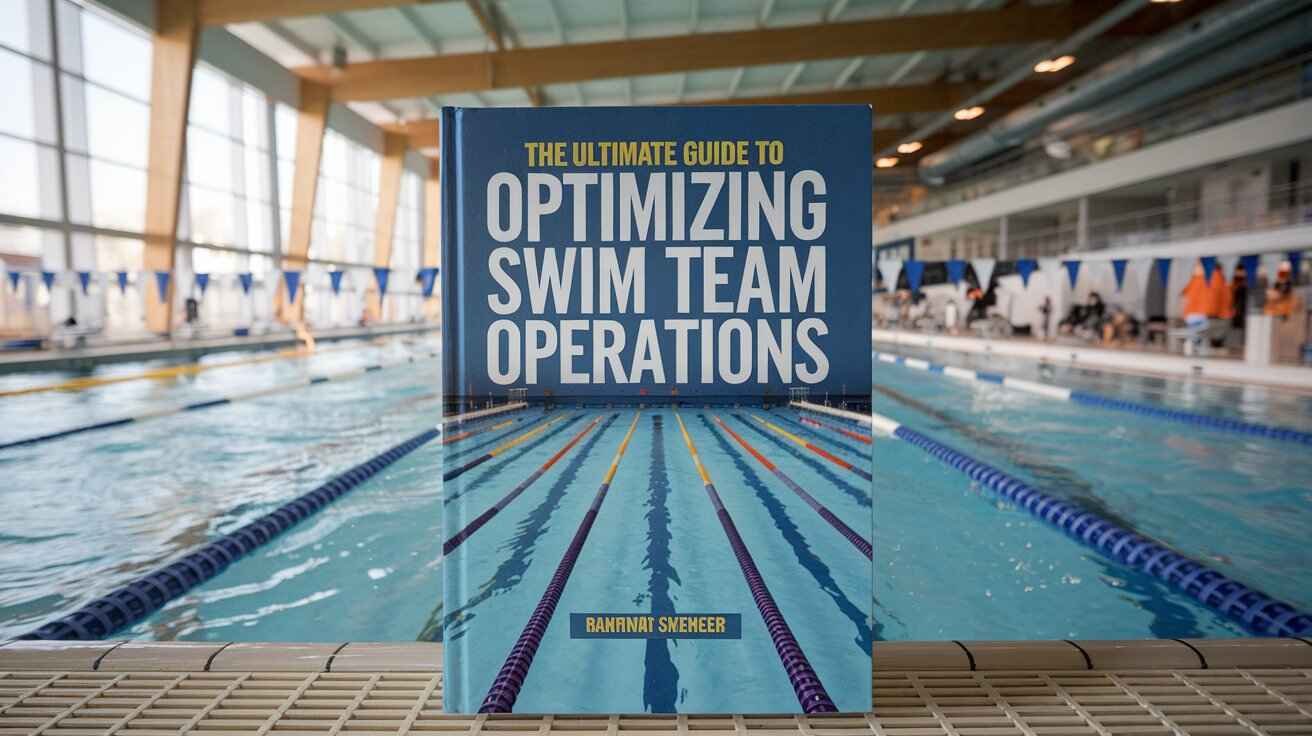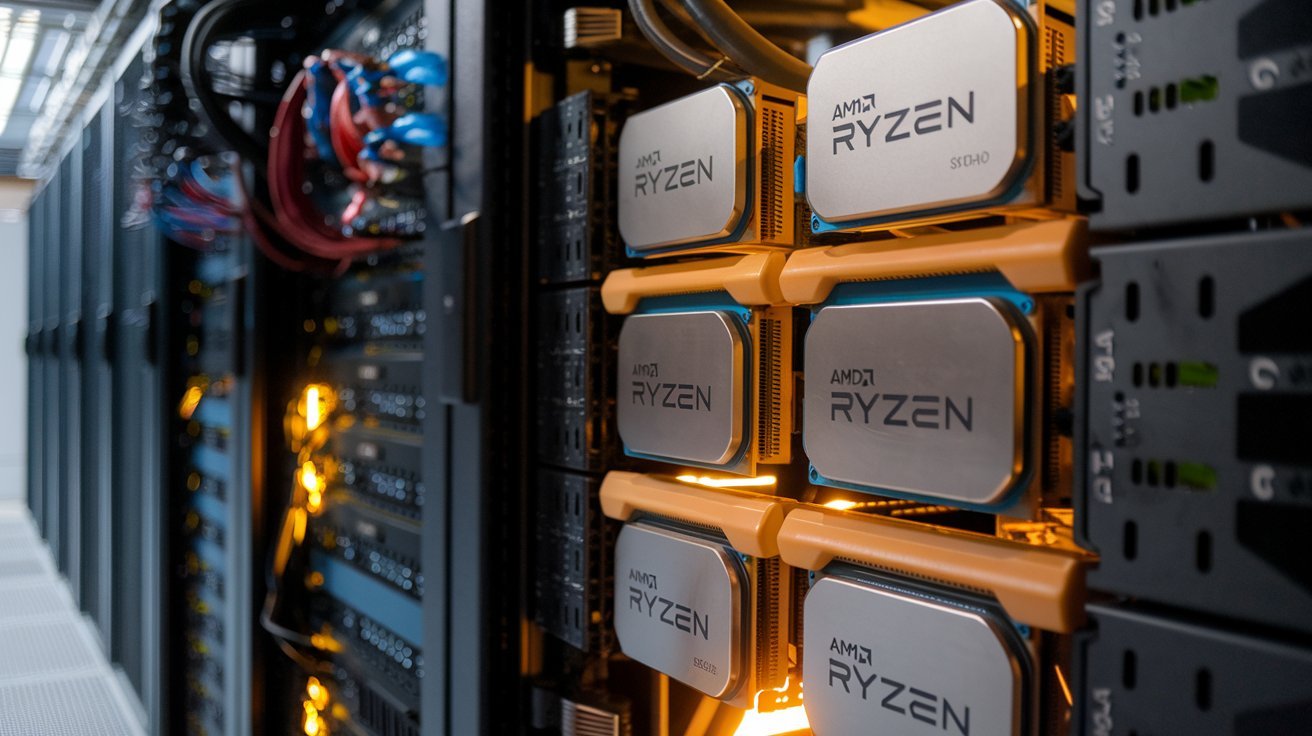Leading a competitive swim team requires a blend of logistical prowess, keen understanding of team dynamics, and an unwavering commitment to excellence in the water. Coaches and team managers face the challenges of organizing practices, meets, and team events while supporting each swimmer’s individual development. The key to success lies not only in the strength of the swimmers but also in the efficiency and effectiveness of the team’s operations. In this guide, we’ll delve into how to elevate your swim team by enhancing performance, leveraging technology, and fostering a supportive community. Keep reading for a deep dive into optimizing your swim team’s potential.
Understanding Swim Team Dynamics for Effective Optimization
Swim teams thrive with thoughtful coaching that appreciates each swimmer’s unique skills and needs. By analyzing squad composition and relay assignments, coaches can tailor training to maximize individual strengths for the team’s benefit. Open communication between coaches, swimmers, and parents is crucial, setting clear expectations and aligning personal goals with team objectives. Regular meetings and check-ins enhance team morale and commitment.
Coaches must stay updated on the latest swimming techniques and training methods to keep their team competitive. Utilizing an app for swim meets can streamline event management and improve performance tracking. Addressing swimmers’ mental and emotional well-being through resilience training can strengthen team unity and help athletes manage pressure effectively.
Implementing Technology in Swim Team Management
Technology has become a crucial part of sports management, particularly in swim teams. Digital platforms can streamline scheduling, communication, and data analysis, reducing administrative burdens and allowing coaches to focus on training and strategy development. Analytics is essential for measuring and improving swimmer performance, providing detailed insights into technique and race strategy.
Mobile applications can enhance the swim meet experience for swimmers and spectators, providing live results, heat sheets, and event notifications. Technology should not replace human interaction and coaching intuition. The coach’s experience and personal touch remain essential for inspiring swimmers and guiding them towards their full potential. In summary, technology should supplement human interaction and coaching intuition.
Strategies for Enhancing Swim Team Performance
Performance enhancement in swimming involves nutrition, recovery, and cross-training. A balanced training program combining cardiovascular workouts, strength training, and flexibility exercises is crucial for a successful swim program. Nutrition plays a significant role in peak performance, and personalized meal plans can be developed by coaches and trainers.
Rest and recovery protocols are also essential, with consistent sleep, active recovery techniques, and mental downtime to prevent burnout and overtraining. Setting clear, achievable goals for both the team and individual swimmers can drive progress, and celebrating milestones and achievements can maintain excitement and determination throughout the competitive season.
Financial Management and Fundraising for Swim Teams
Swim teams face financial sustainability challenges, which can be addressed through effective budgeting practices, transparent financial dealings, and fundraising. These strategies help allocate resources where they are most needed, such as coaching salaries, travel expenses, and facility maintenance. Engaging fundraising campaigns can generate capital and boost team spirit. Negotiating with vendors for better equipment and uniform rates and finding cost-effective hosting solutions can also help manage expenses.
A thorough assessment of recurring expenses can reveal savings opportunities. Investing in professional development for coaches can also be a long-term financial strategy, as enhanced coaching skills lead to better swimmer performance, attracting more members and sponsorship opportunities, ultimately improving the team’s financial standing.
Building a Strong Swim Team Culture and Community Engagement
A successful swim program relies on a strong team culture, which involves respect, hard work, and sportsmanship. Coaches can lead by example, demonstrating dedication and a positive attitude. Building relationships with local schools, swim clubs, and the community can expand resources and support networks. Community engagement activities like swim clinics and charity events raise the team’s profile and contribute to a good cause.
Involving swimmers in decision-making processes gives them a sense of ownership, facilitated by leadership roles like team captains or committees. Creating traditions and shared experiences, both in and out of the water, strengthens bonds among team members. Team retreats, holiday parties, and end-of-season celebrations are essential for cementing a strong team culture.
Altogether, the optimization of a swim team is a multifaceted endeavor that spans the operational, technological, and cultural spheres. By implementing the strategies discussed and leveraging the right tools, swim team managers and coaches can create an environment ripe for success—a place where swimmers not only achieve their best times but also develop valuable life skills.
Also Read: AV Tubs: Upgrade Your Bathroom with Luxury and Technology






